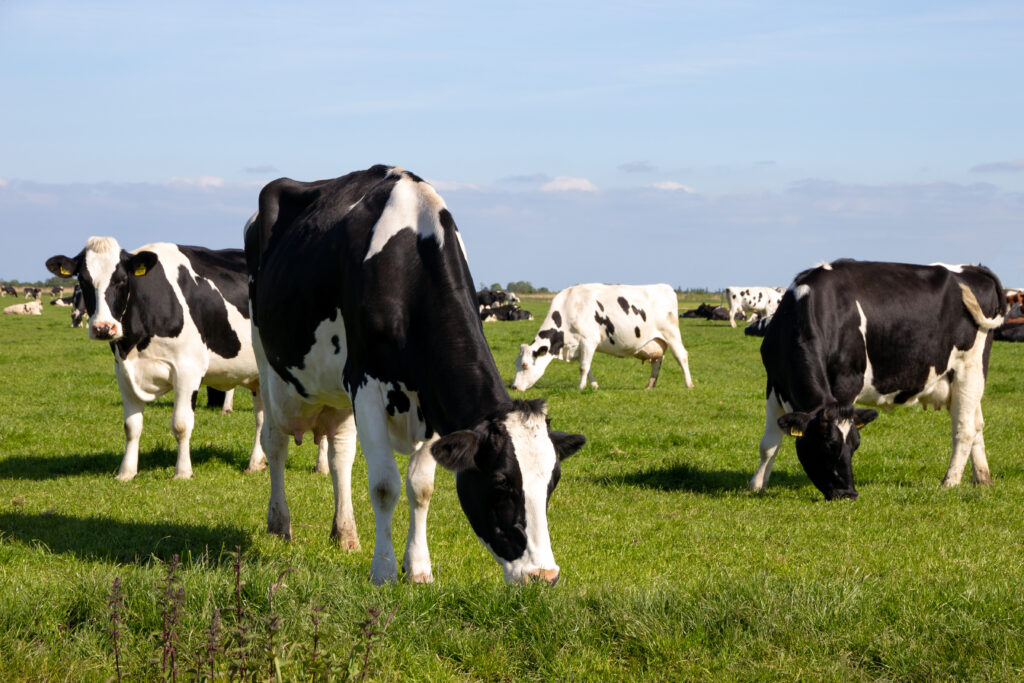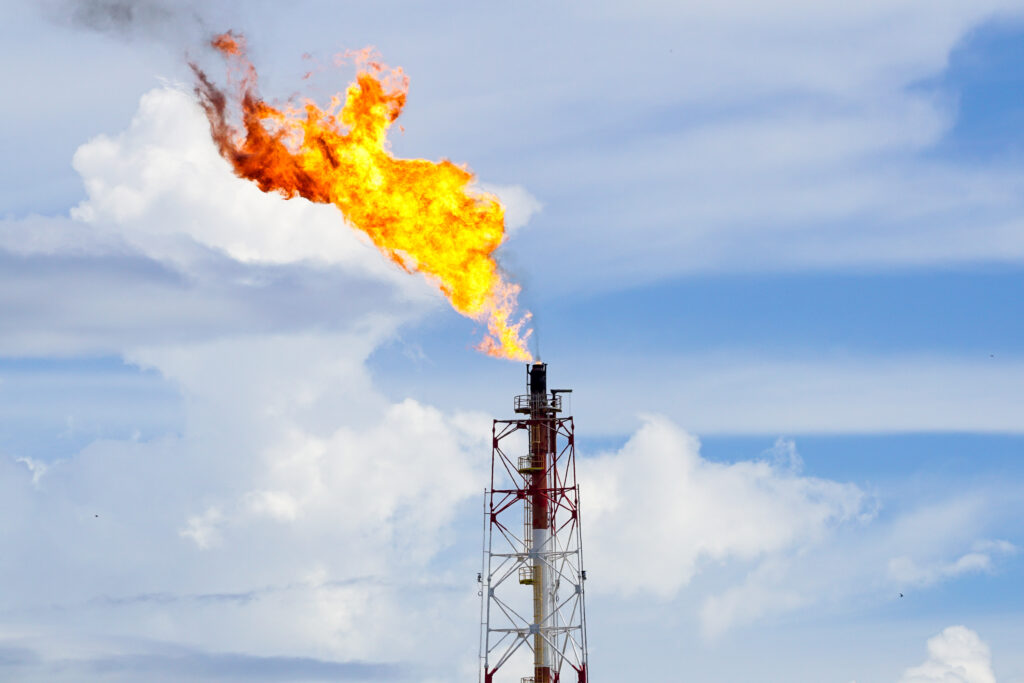

Methane is what is known as a short-lived climate pollutant. On the minus side, it is a powerful greenhouse gas that in the near term is more than 80 times more potent than carbon dioxide at warming the planet. On the plus side, it remains in the atmosphere for a relatively short amount of time—about 12 years, according to the Climate and Clean Air Coalition.
The combination of methane’s potency and short-lived effect makes it a logical, effective target for reducing greenhouse gas emissions, explained Mena, a former Environment Minister of Chile who in February took the helm of the Global Methane Hub, a philanthropic-funded organization created to support global action on this issue.
“Basically, methane could help us reduce global warming within our lifetime,” Mena said in an interview.
The race to curb methane emissions is well underway. So far, 119 countries have joined the Global Methane Pledge, agreeing to take voluntary steps to help achieve a 30% reduction in global methane emissions from 2020 levels by 2030.
Methane accounts for 17% of the global greenhouse gas emissions that come from human activities, the pledge states. It adds that to keep 1.5 degrees within reach—in other words, to pursue efforts to limit the temperature increase to 1.5 degrees Celsius above pre-industrial levels, as specified in the Paris Agreement—significant reductions in methane emissions must be achieved by 2030. These reductions, it says, must “complement and supplement, not replace global action to reduce carbon dioxide emissions.”
This collective effort, launched last November at the COP26 climate conference in Glasgow, Scotland, includes three-quarters of the member nations of the Organization of American States (OAS). Saint Lucia and Trinidad and Tobago became the latest OAS member states to join the Global Methane Pledge, it was announced at last month’s Summit of the Americas.

The livestock supply chain accounts for about 14.5% of all human-induced greenhouse gas emissions, according to the United Nations Food and Agriculture Organization.
Globally, over 60% of all methane emissions come from human activities; natural wetlands, which contain large amounts of decaying organic matter, are another major contributor. Of the human-caused methane emissions, the three largest sources are agriculture (42%), fossil fuel operations (36%), and waste (18%), reports the Climate and Clean Air Coalition.
Because agriculture and waste emissions make up such a big part of the mix, methane is not just a problem of the industrialized world but of low-income countries too, Mena said. When it comes to tackling carbon dioxide emissions, he said, a government official in a developing country might be tempted to think, “Why should I do this if the rest of the world doesn’t do it?”
Methane tends to be different, because it is produced locally and mitigating it has visible local effects, according to Mena. Good agricultural practices not only help the climate abstractly but reduce the odors inflicted on a farm’s neighbors. Improved waste management systems can prevent the kind of landfill fire that caused residents of New Delhi, India, to choke on smoke earlier this year. Cracking down on leaks from oil and gas wells can also reduce pollution to nearby communities.
“You do get a local benefit,” Mena said. “It gives a win, a local win, in the short term to whoever takes action, which changes the way that we portray climate action overall.”
Meanwhile, satellite tracking is making it easier to pinpoint methane emissions and increase accountability, Mena said. “Since it’s more visible, then you can keep track of it better, and you can account for the wins that you have achieved easier.”
Many potential steps to reduce methane emissions come at a relatively low cost or are even cost-negative. Take the oil and gas sector, for example. Methane, the largest component of natural gas, can leak from gas pipelines and plants, and oilfield operators sometimes release waste gas into the air or burn it off, practices known as venting and flaring.
It would seem to make sense to recover this gas; as Mena said, “you save money by reducing methane, because you’re able to sell more of your product.” But even the increases in natural gas prices over the past few months have apparently not been incentive enough, he said, because companies have simply expanded production, and methane emissions have gone up.
“The way that we decide things isn’t all that rational always, because we think in the short term instead of the long term,” said Mena, who believes more regulations and reporting requirements will be necessary to address the problem.

Open flare burner equipment burning methane gas.
Landfills are also ripe for action on methane. “Landfills create a lot of methane and they leak a lot,” Mena said. “They’re leaking because nobody’s really cared about the fact that if you leave trash in the air for a while, it’ll start emitting methane right away. Just capping those leaks could reduce emissions fast.”
Chile and other countries have also implemented waste-to-energy projects, using the methane emitted by landfills, he said, and have used biodigesters to generate energy from agricultural waste.
Mena also believes more needs to be done to divert organic waste from landfills in the first place—including by developing a food systems agenda that can “exploit the synergies” between agriculture and food waste. “Fertilizers are at the highest prices in decades, and we’re landfilling nutrients we could be utilizing,” he said.
Something as simple as setting up more food banks would also help reduce waste, said Mena, who noted that regulations could establish incentives to divert still-usable food to these types of charitable organizations instead of destroying it or dumping it in a landfill.
“A third of the food in the world is lost and could be repurposed,” he said, adding that this is “especially obscene in the context of the food crisis we’re facing and the high costs.”
Then there’s the matter of diet. Currently, Mena said, 80% of the world’s land is used to produce 20% of the world’s protein. “We’ve got to change the food system,” he said, adding that the global methane agenda could help bring about a more sustainable approach to food.

In the long term, reducing the world’s meat consumption would help to lower methane emissions.
He is heartened by what he sees as a “cultural shift” among young people on the question of eating better to help save the planet. He cited a public opinion survey conducted earlier this year by the polling firm Ipsos, in which people were asked if they were likely to eat less meat in the next year (or replace the meat in some meals with beans or other alternatives) as a way to limit their contribution to climate change. In several Latin American countries, a majority of respondents said yes, according to Ipsos: 64% in Peru, 61% in Mexico, 58% in Colombia, 53% in Chile, and 52% in Argentina.
Mena also noted that some food products are now being marketed for their methane-reducing properties. For example, through a recent successful pilot project in Sweden, a supermarket chain introduced low-methane beef produced by adding seaweed to the cows’ diet. (See related story in this issue.)

Marcelo Mena, CEO of Global Methane Hub.
The purpose of the Global Methane Hub is to act as a catalyst to spur global action on methane, Mena said. The NGO, which is based in Santiago, Chile, is independent of the Global Methane Pledge but provides grants to support some pledge-related work.
Funded by around 20 philanthropies, the Global Methane Hub will directly manage some $220 million over the course of three years, according to Mena, who said the organization is open to supporting both governmental and nongovernmental efforts. So far this year, he said, it has provided roughly $40 million in grants.
The Climate and Clean Air Coalition, for example, received $10 million in funding to assist 30 countries in developing methane-reduction plans. A $12 million grant, meanwhile, will support work being done by nine NGOs in China to mitigate methane emissions in landfills and abandoned coal mines.
Grants may be used for a range of purposes, including technical assistance on projects. “Sometimes,” Mena said, “countries have the funding for waste management; they just don’t have the capacity to design a project that focuses on methane mitigation.” In the future, grants could also support communities that want to measure methane leaks, for example, or could fund legal advice to countries on how to establish methane-related regulations.
Despite methane’s importance to the climate picture, it has received too little attention and too few resources, Mena said. A recently released study by the Global Methane Hub and the organization Climate Policy Initiative found that “finance for methane abatement measures represented less than 2% of total climate flow” in 2019–2020.
Methane mitigation has the potential to cool the world at a much faster rate, and in a more cost-effective way, than carbon dioxide mitigation alone, Mena said, and could make the difference in determining whether the goals of the Paris Agreement are met. “We need to do both,” he said, “and we need to prioritize methane mitigation.”
 View Map
View Map